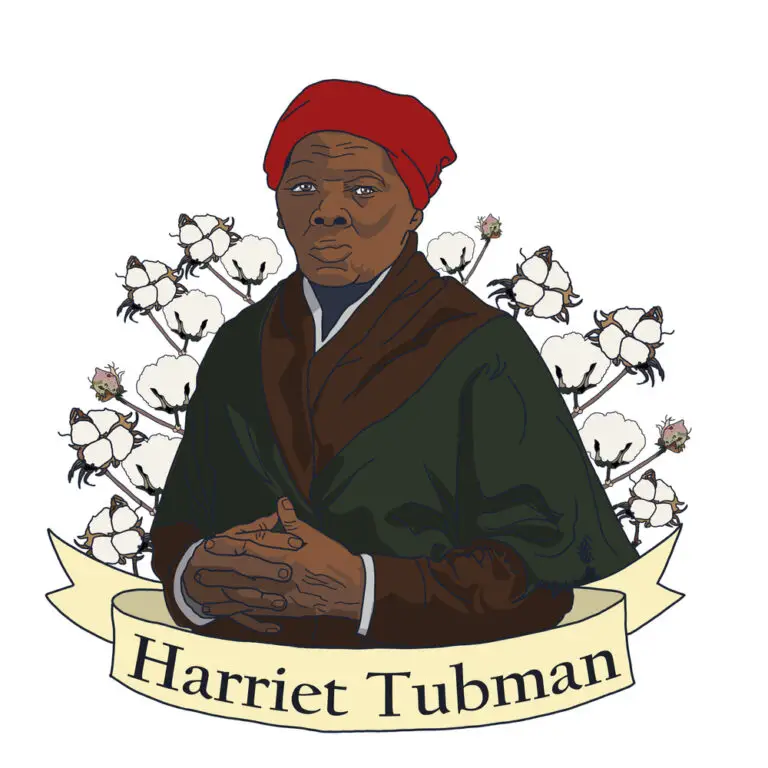Abolitionism

Table of Contents
What is Abolitionism?
Abolitionism emerged as a powerful social and political movement in 19th-century America, advocating for the immediate and complete emancipation of enslaved people and the abolition of slavery.
Abolitionists, comprising individuals and groups, vehemently opposed slavery on moral, religious, and humanitarian grounds. Their profound impact on national politics was instrumental in igniting the Civil War. The movement ultimately achieved a monumental victory with the ratification of the 13th Amendment, which formally abolished slavery in the United States.
Abolitionism in History
Abolitionism began in the United States in the late 18th century as a movement dedicated to ending the institution of slavery.
Secondly, the American abolitionist movement picked up steam in the early 19th century. The efforts of key figures such as William Lloyd Garrison and Frederick Douglass drove this.
Additionally, Harriet Beecher Stowe released the novel “Uncle Tom’s Cabin” in 1852. This played a significant role in turning public opinion against slavery and energizing the abolitionist movement.
Nonetheless, abolitionists engaged in various activities, including giving speeches, writing articles and books, and forming anti-slavery groups, such as the American Anti-Slavery Society, established in 1833.
The Underground Railroad was a secret network of routes and safe houses. The abolitionists used them to help enslaved individuals escape to freedom in the Northern states and Canada.
Abolitionists encountered considerable opposition and hostility, including violence and legislative challenges such as the Fugitive Slave Act of 1850, which mandated the return of escaped slaves to their owners.
The Dred Scott v. Sandford Supreme Court decision in 1857 intensified tensions. Moreover, the case ruled that enslaved individuals were not considered citizens and could not file lawsuits in federal courts.
John Brown, an abolitionist, became notorious for his 1859 raid on Harpers Ferry. The 1859 raid aimed to start a slave rebellion. His actions escalated the sectional conflict that led to the Civil War.
The Emancipation Proclamation was issued by President Abraham Lincoln in 1863 during the Civil War. It declared all slaves in Confederate-held territory to be free. However, it was the 13th Amendment to be ratified into the Constitution in 1865. This formally abolished slavery across the entire United States.
Above all, the abolitionist movement shaped the moral and political landscape that ultimately ended slavery in the U.S. This played a significant role in the broader American quest for civil rights and equality.
Related Links
Underground Railroad
Emancipation Proclamation
Civil Rights Movement
Jim Crow Laws